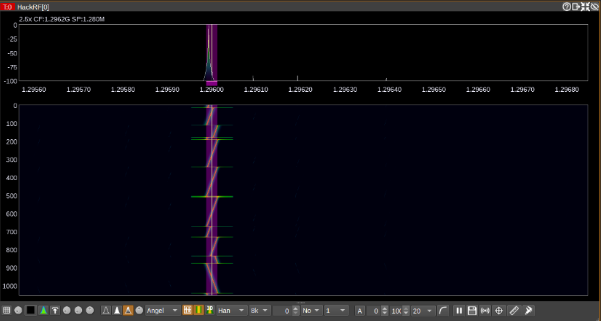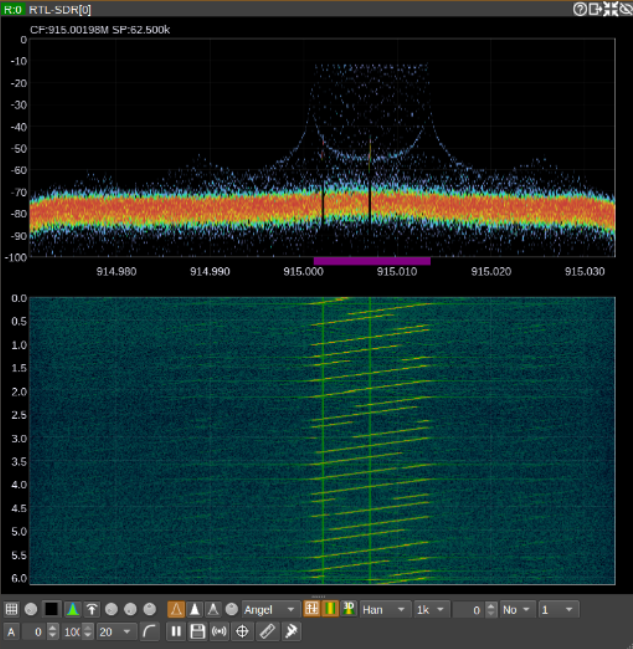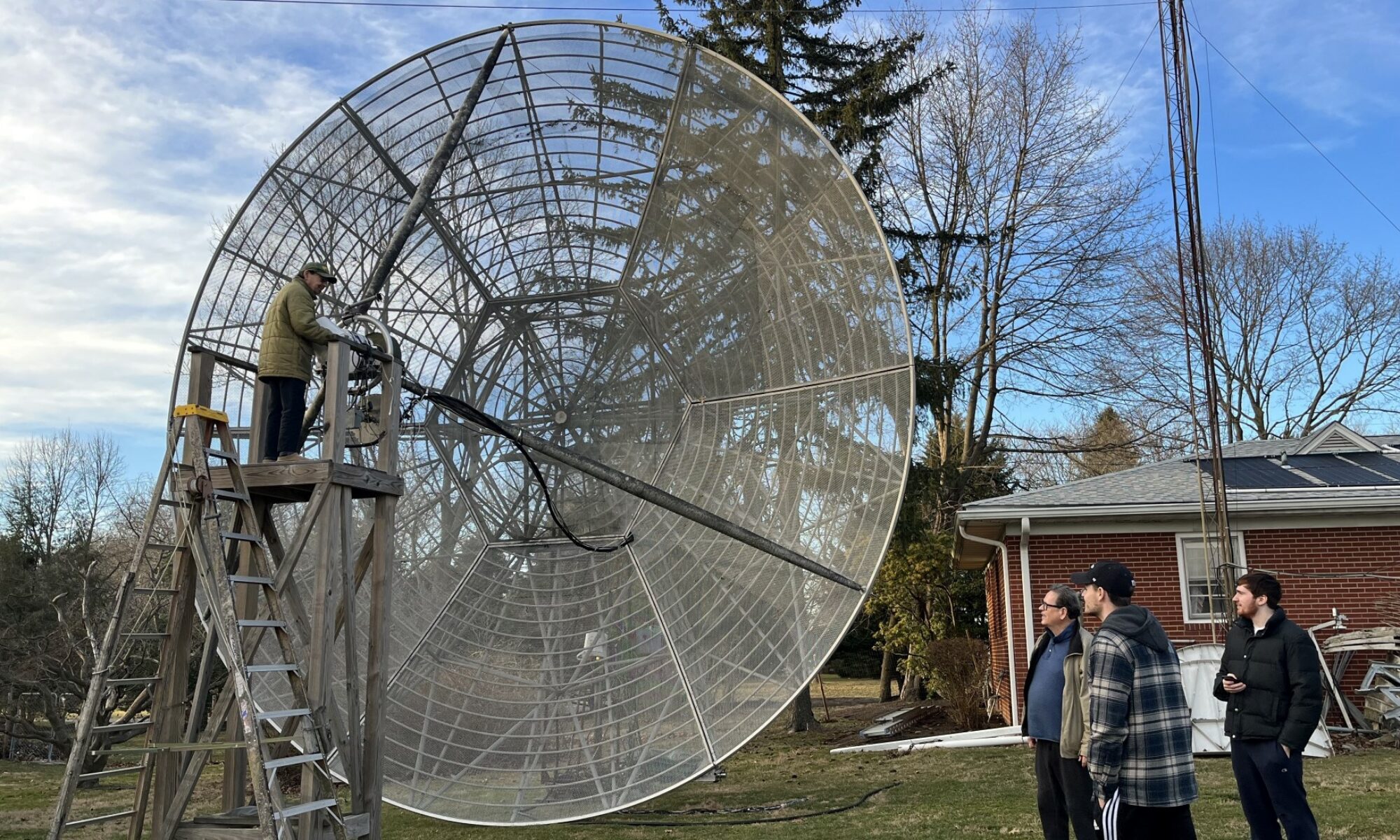Ham Radio License
In order to get a better understanding of radio equipment and operations, and legally transmit on the 1296 MHz band, all group members participated in the MORE Program, and took the Ham radio exam to receive their Ham license. The MORE Program is run by Dr. Rebecca Mercuri, K3RPM. It is a six class program that ran from December 4th to January 22nd. After attending these classes, all group members registered for and took the Ham Radio Technician Exam. Jacob Ringers, KC3VOS, received his general license, Ben Winkler, KE2BBJ, received his technician license, and Wally Lizardo, KE2BBC, also received his technician license. Acquiring the technicians license requires knowledge of ham radio rules and regulations, operating procedures, basic electronics, and simple amateur radio theory.
First Semester Testing
During our first semester, the primary result was the continued testing of sending and receiving short messages between SDR peripherals. Much of our early semester work went towards research on LoRa itself and finalizing our approach before settling on using SDR and SDRAngel. SDRAngel took some time to understand before we started testing transmit and receive between two devices. This would also take some time to troubleshoot before messages could be more consistently accurately demodulated. Once we were able to consistently send and receive messages using the SDRAngel software we began expanding the range in which we were communicating. The images below show the transmitted LoRa and recieved LoRa respectively.


Moon-Chart
One of the challenges that came with this project was planning the best time for us to attempt this experiment. Because the person that we were trying to communicate with was in Alaska the declination of the moon was a big deal. As the earth rotates on its axis the angle of the moon in the night sky changes. This causes varying amounts of extra loss depending on where you are in the world. Below shows a moon chart highlighting the relationship between declination and loss when attempting EME, developed by F1EHN, (http://www.f1ehn.org/). We wanted to test on the days that the declination was high on the graph. Getting a few dB of extra loss was worth it when the trade off was a very short testing window.


